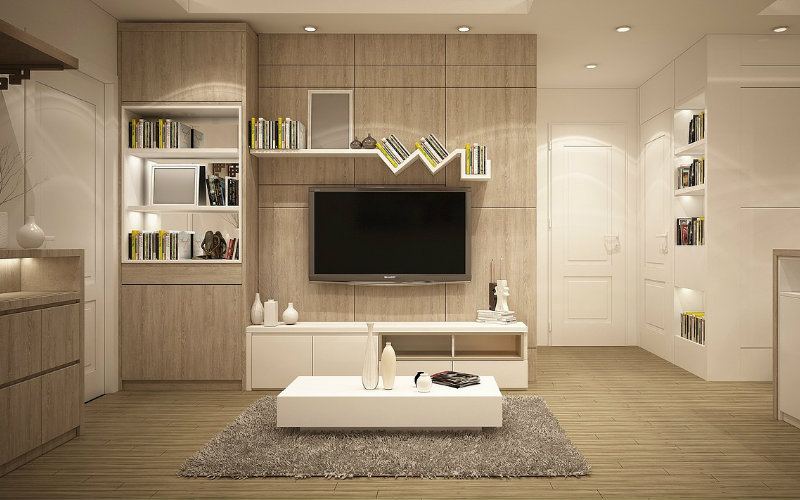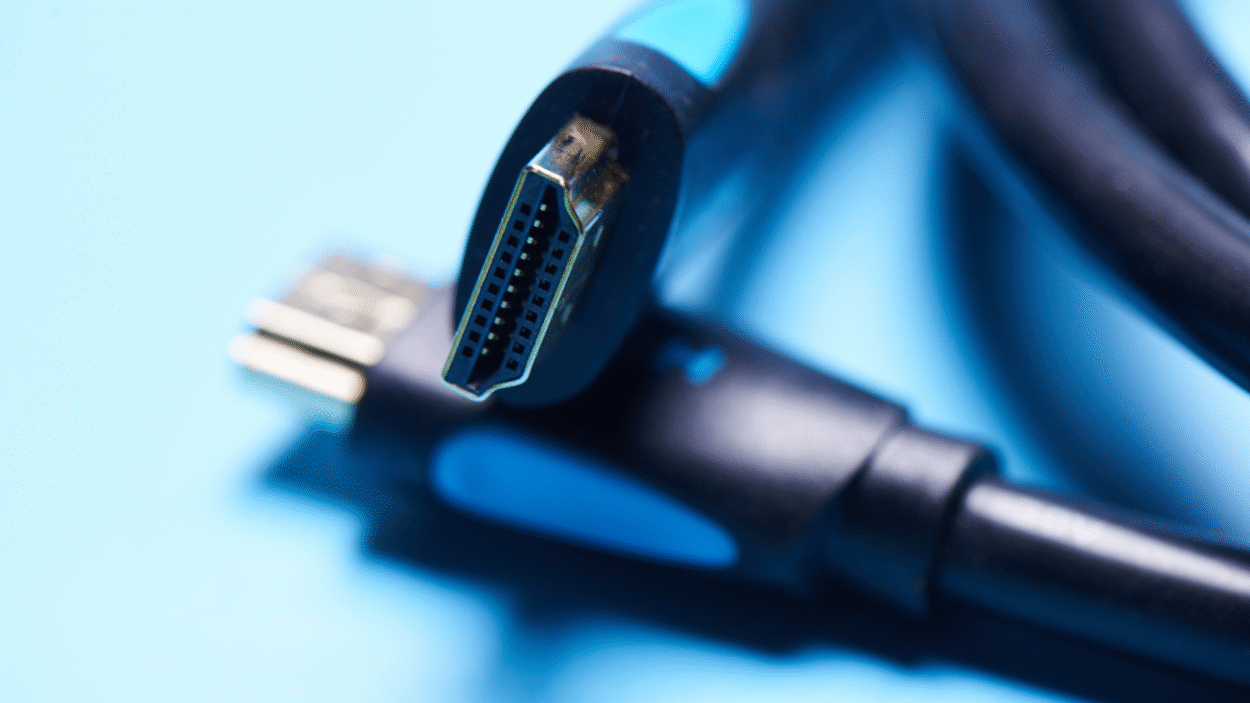The smart home has transformed into much more than a luxury for the elite, and is now widely accepted by consumers nationwide. In fact, a 2016 Coldwell Banker Real Estate Smart Home Buyer Marketplace Survey found that 81 percent of home buyers prefer to have smart home technology already integrated into the residence. The number of IoT-equipped devices is steadily growing, with smart innovations appearing in everything from from lights to TVs, blinds to thermostats, refrigerators to egg timers.
A Smart Home Command Center
But at what point does technology become so integrated that it ceases to be convenient and instead becomes a burden? If each piece of smart tech in the home requires its own control, the efficiency of the entire system is compromised.
An integrated smart home central command center that can communicate with all of your devices in an easy-to-use interface could make the difference between feeling luxurious and feeling overwhelmed.
Voice Control
Integrated smart controls aren’t necessarily a new development, but their utility seems to be increasing along with their usability. A recent addition to the field of smart home control systems is integrated voice control via Amazon Echo or Google Assistant. Some systems, such as Control4’s 4Sight subscription, can be equipped as an Alexa Skill, enabling voice control from every room in the home.
With a few words or phrases, the Control4 system is capable of executing scenes, like “Welcome,” “Dining,” or “Bedtime,” in which a series of programmed actions will take place at once. For example, the “Bedtime” scene could turn off all the lights, lock the doors, and equip the alarm system. Of course, some users may prefer to interact with their smart home using a smartphone app or a wall-mounted touch screen instead.
Smartphone App or Wall-Mounted Touch Screen
The possibilities are expanding for those modalities as well, with some services offering progressive capabilities like room-to-room messaging, phone-to-home intercom systems, and indoor/outdoor video monitoring for added home security. Many of these features work in tandem with a wall-mounted touch screen and a smartphone app.
The phone-to-home capability is particularly appealing for security. One could use their mobile device to accept deliveries: remotely unlock the door, turn on the light, and allow the delivery person to safely stash packages inside. Then the user can simply push a button to lock the doors again before going on with their day.
Customer Retention
Smart home automation is only as appealing as its user platform allows it to be, so integrating approachable smart home controls from the design phase could go a long way in building enduring consumer relationships.








